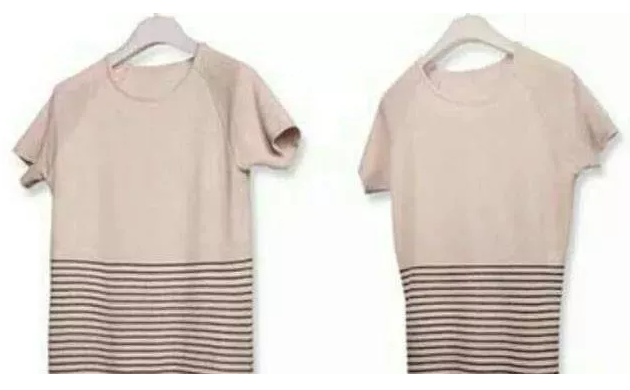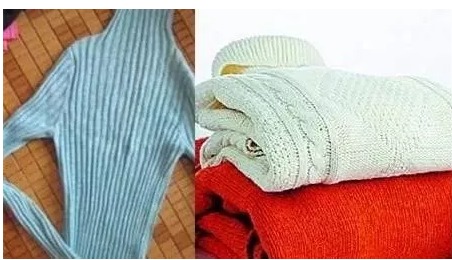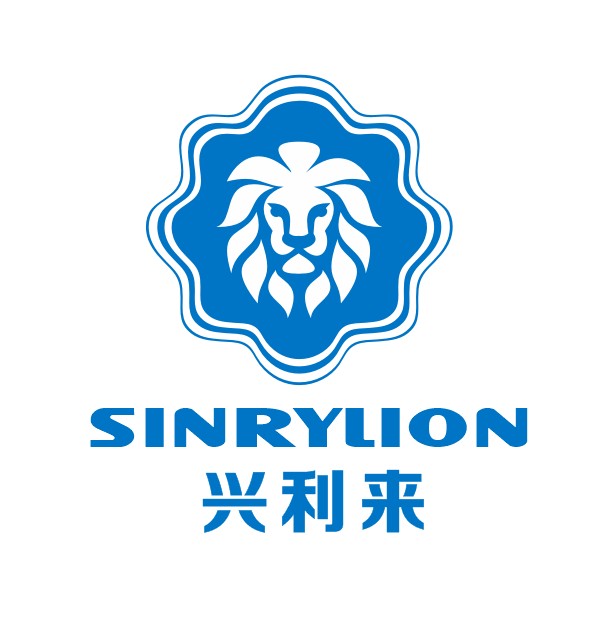How can the factory prevent the shrinkage of the fabric?
How can the factory prevent the shrinkage of the fabric?
Shrinkage
1. Shrinkage: When the dried fabric is wetted by water in a relaxed state, the size shrinks significantly. The shrinkage rate of the fabric is evaluated by the shrinkage rate in production. Shrinkage rate: The difference in length between the warp direction and the weft direction before and after washing according to the specified method, which is the percentage of the length before washing, which is the shrinkage rate in the warp direction or the weft direction.

2, felt shrinkage: some fabrics (such as wool fabrics), in addition to the general shrinkage phenomenon, in addition to the general shrinkage phenomenon, due to mechanical action, the fibers will undergo special creep and entanglement, and the fabric shrinks into a tight state, which Shrinkage is called felting and is generally expressed as a percentage change in area.

Shrinkage mechanism
1. Fibers with "dry setting" deformation cause shrinkage due to internal stress relaxation, but not the main reason.
2. The anisotropic swelling effect increases the diameter of the yarn, and the fiber winding of the yarn in the yarn increases, causing the yarn to shrink, but only 2 to 3.5% is still not the main reason.
3, the anisotropic swelling effect, the fabric shrinkage before and after wetting, is the main cause of shrinkage. Weaving: The length of the yarn after weaving is shortened (ie, the difference between the length of the yarn and the length of the fabric as a percentage of the length of the fabric). The above discussion is about the shrinkage mechanism of the cotton fabric, and the wool fabric has a similar phenomenon.
[Pre-shrinking finishing]
1. Strengthening the shaping effect in finishing
(1) drying on a super-feed pin tenter;
(2) Minimize the warp tension during drying.
2, relaxation pre-shrink
(1) The fabric is humidified to be allowed to stand in a relaxed state for a certain period of time, and dried slowly.
(2) Adopt a mandatory pre-shrinking method. The fabric is exposed to steam under tension and shaken or shaken, and then maintained under high tension without tension to obtain forced retraction.
[Anti-felting finishing]
1. The meaning and method of anti-shrinking
(1) Eliminating the fluffing property of wool fabrics is of great significance for pure wool fabrics and knitted fabrics, not only can achieve true dimensional stability of the fabric, but also reduce the pilling effect.
(2) Reasons for felting: D, F, E, and the high stretchability (elasticity) of wool due to the scale structure of wool. The scales hold the displaced wool in a new position (braking factor), which causes the wool to move relative to each other (dynamic factor). As long as one of the factors is eliminated, the fluffing property is reduced.
(3) The method for eliminating wool fluffing is:
A. Change the friction properties of wool
B. Changing the stretchability of wool Regardless of the method used, the reaction should be strictly controlled to a certain area of the fiber.
2, "subtraction" anti-felting process advantages: uniform processing, no yellowing, does not affect the fiber strength, the process is easier to control.
3. "Addition" anti-felting treatment: The polymer is deposited on the surface of the wool fiber, and the fibers are bonded together, and cannot be moved at will, thereby obtaining an anti-felting effect. The resin should have the following conditions:
The polycondensate formed by 1 should be soft and the chemical properties should be close to that of wool.
2 can be attached to the surface, the amount is small and uniform.
3 is preferably combined with wool by a chemical bond.
4. Protease treatment method Chlorination method: Industrialized treatment is relatively mature, but labor protection is poor, environmental pollution is serious, affecting human health. With the enhancement of human health requirements and environmental awareness, the biodegradable protease method has attracted attention. This method is a smoothing treatment (surface denaturation) of the wool surface. The principle is to use a protease to extract the inner layer of the scale which is easily digested by digestion. However, the middle layer above the inner layer of the scale has higher sulfur content and stronger anti-enzymatic ability. It must first oxidize the sulfur bridge with an oxidizing agent to reduce its anti-enzymatic ability, easy to digest and remove, in order to avoid enzymatic hydrolysis of the inner stratum corneum of the wool. Add enough neutral salt to the enzyme treatment. The treated wool not only improves the anti-shrinking property, but also properly breaks the cross-linking of the wool due to the enzyme treatment, reduces the rigidity of the fiber, makes it easy to stretch, does not easily retract, feels relatively soft, and the wool becomes smooth and thin. Rich in cashmere.
If you are looking for a supplier of polyester yarn(can be twist, recycled polyester yarn with GRS certification (global recycle standard_) and TC certification), please contact us:

 English
English 한국어
한국어 বাংলা ভাষার
বাংলা ভাষার हिन्दी
हिन्दी Türkçe
Türkçe русский
русский




